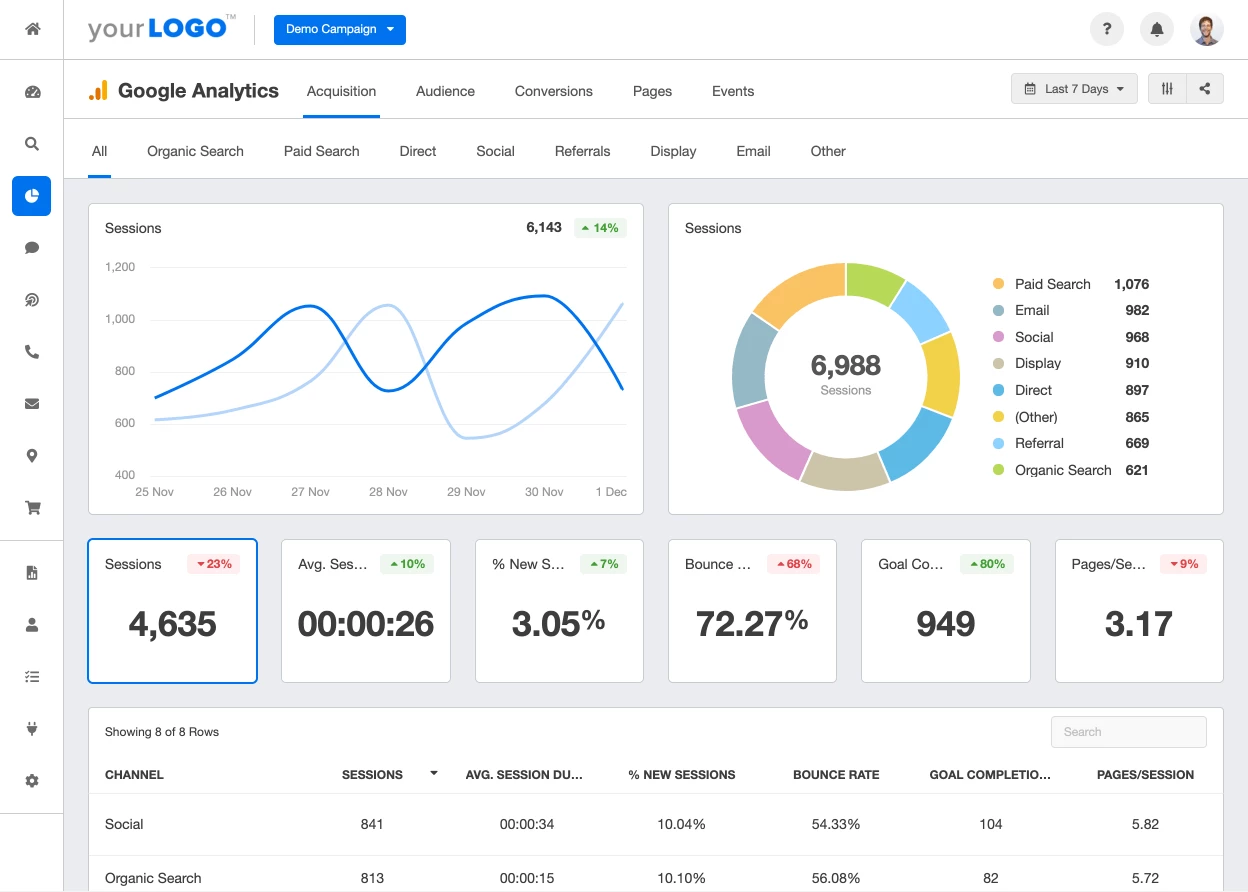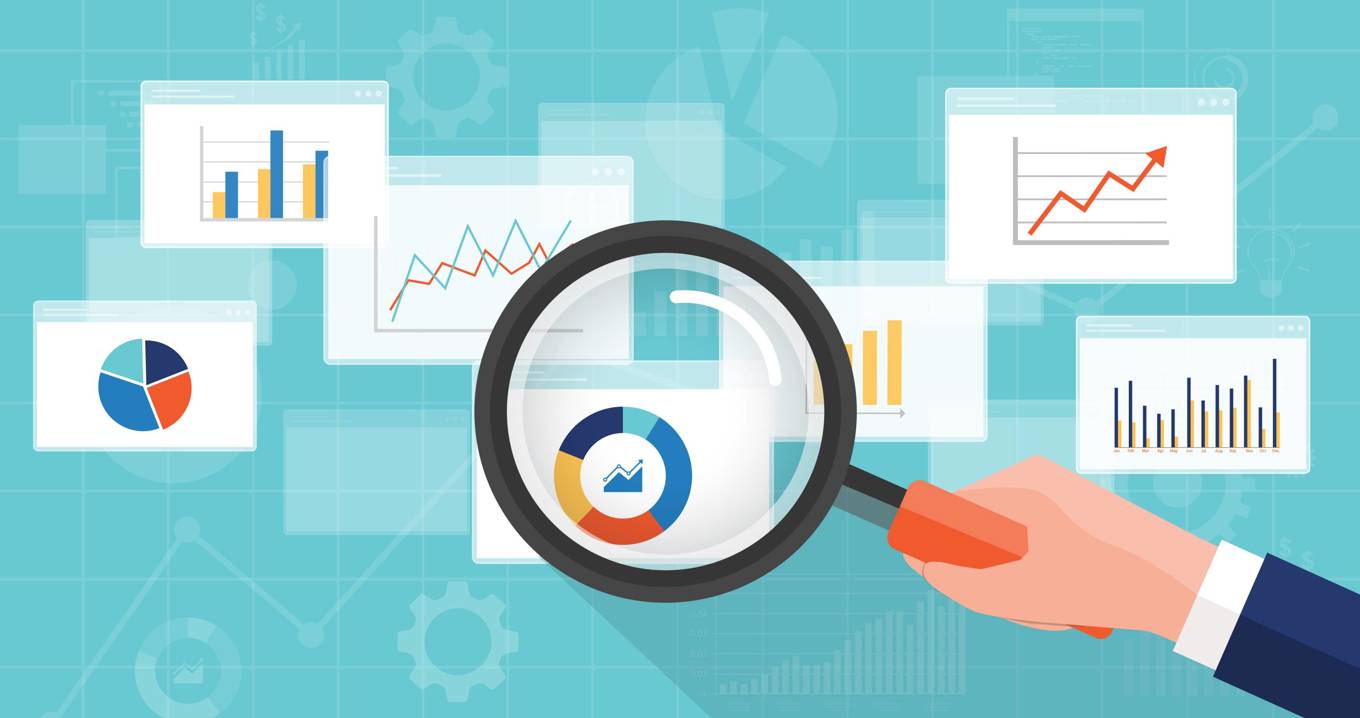Utilize Predictive Analytics for Future-Ready Choices
Utilize Predictive Analytics for Future-Ready Choices
Blog Article
Increase Performance and Productivity With Information Analytics
In today's data-driven landscape, companies are progressively identifying the essential function of data analytics in improving functional efficiency and productivity. By systematically assessing data, organizations can reveal important understandings that inform calculated choices, simplify processes, and dressmaker consumer experiences.
Recognizing Data Analytics
In today's data-driven landscape, comprehending information analytics is crucial for organizations intending to boost functional performance and drive profitability. Data analytics entails the systematic computational analysis of data collections to reveal patterns, correlations, and insights that educate decision-making. By using various methods, such as analytical evaluation, equipment learning, and predictive modeling, organizations can transform raw data into actionable knowledge.
The procedure commonly starts with information collection, where pertinent details is gathered from multiple sources, including transactional databases, customer interactions, and market trends. This data is then cleaned and organized to guarantee accuracy and consistency. Once the information is prepared, logical devices and software are made use of to explore and visualize the information, making it possible for stakeholders to recognize fads and abnormalities.
Eventually, comprehending data analytics empowers organizations to make enlightened choices based upon empirical evidence rather than instinct. It assists in targeted approaches that can enhance resource allocation, enhance customer complete satisfaction, and enhance overall efficiency. As services progressively recognize the worth of data-driven insights, a solid grip of information analytics becomes an important proficiency for groups and leaders alike, placing them for sustained success in an affordable atmosphere.

Trick Benefits for Organizations
Services that utilize data analytics can open a multitude of benefits that considerably boost their operations and productivity. One of the key benefits is enhanced decision-making. Information analytics provides actionable understandings originated from real-time data, permitting organizations to make enlightened selections that straighten with market demands and consumer choices.

In addition, data analytics fosters improved consumer experiences. By understanding customer habits and choices, businesses can tailor their offerings, resulting in increased fulfillment and commitment. This customized approach frequently results in higher conversion prices and repeat company.
Furthermore, data analytics enables services to determine arising fads and possibilities. By remaining ahead of the curve, companies can profit from brand-new markets and innovations prior to their competitors.
Executing Data-Driven Strategies
Successful execution of data-driven strategies requires a comprehensive understanding of both readily available information and business goals resources. Organizations must first define their objectives plainly, making certain alignment between data efforts and calculated aims. This clearness allows teams to focus on relevant metrics and insights that drive decision-making.
Next, organizations ought to evaluate their existing data framework. This involves evaluating information quality, access, and combination capacities. High-grade data is vital for accurate analysis, as bad data can bring about illinformed methods and wasted resources. Organizations must establish procedures for data collection, cleaning, and administration to maintain data stability.
Moreover, fostering a data-driven culture is critical. Employees in all degrees must be urged to take advantage of data in their day-to-day operations. Educating programs and workshops can improve data proficiency, equipping team to make enlightened choices based on logical understandings.
Devices and Technologies Summary
A robust collection of tools and modern technologies is important for organizations intending to harness the full possibility of data analytics. These tools help with the collection, handling, and visualization of information, allowing companies to acquire workable understandings.
At the foundational degree, information administration systems such as SQL data sources and NoSQL systems give effective data storage space and retrieval abilities. For data processing and analysis, programming languages like Python and R, along with frameworks such as Apache Flicker, enable complicated estimations and artificial intelligence applications.
Visualization devices, consisting check my site of Tableau and Power BI, transform raw information right into instinctive visual layouts, making understandings obtainable to stakeholders whatsoever levels. Additionally, cloud-based systems like Google Cloud and AWS use scalable storage space and handling remedies, accommodating the growing quantities of data organizations run into.
For innovative analytics, predictive modeling and AI-driven options are progressively taken on, permitting companies to anticipate patterns and improve decision-making processes. Integrating these devices right into existing operations is critical; companies that effectively take advantage of this technology can significantly improve functional efficiency and drive earnings. Therefore, buying the right devices and technologies is a calculated critical for any type of data-driven organization.
Instance Research Studies of Success
Leveraging data analytics has actually led numerous organizations to attain amazing improvements in effectiveness and earnings. One significant situation is a huge retail chain that applied predictive analytics to enhance inventory administration. By examining historical sales information and customer fads, the firm reduced excess supply by 30%, resulting in substantial price financial savings and enhanced cash money circulation.
Another instance can be discovered in the manufacturing field, where a leading vehicle manufacturer used information analytics to boost its production browse around this web-site processes. By checking machine efficiency in real-time, the company identified ineffectiveness and traffic jams, causing a 20% increase in overall equipment efficiency (OEE) This not only increased production prices but also decreased downtime and maintenance expenses.

These study highlight how information analytics can drive tactical decision-making, maximize procedures, and ultimately boost both efficiency and productivity throughout various sectors.
Conclusion
In verdict, the combination of data analytics right into company procedures presents considerable chances for enhancing effectiveness and success. By systematically evaluating information, organizations can recognize inefficiencies, optimize client experiences, and make notified decisions.
In today's data-driven landscape, comprehending information click this site analytics is crucial for companies intending to boost functional efficiency and drive productivity. Information analytics includes the methodical computational analysis of information sets to reveal patterns, correlations, and understandings that notify decision-making. Data analytics provides actionable understandings obtained from real-time data, allowing organizations to make enlightened options that line up with market demands and customer preferences.
Premium data is important for accurate evaluation, as poor data can lead to illinformed methods and squandered resources. Organizations has to establish processes for information collection, cleaning, and monitoring to preserve information stability.
Report this page